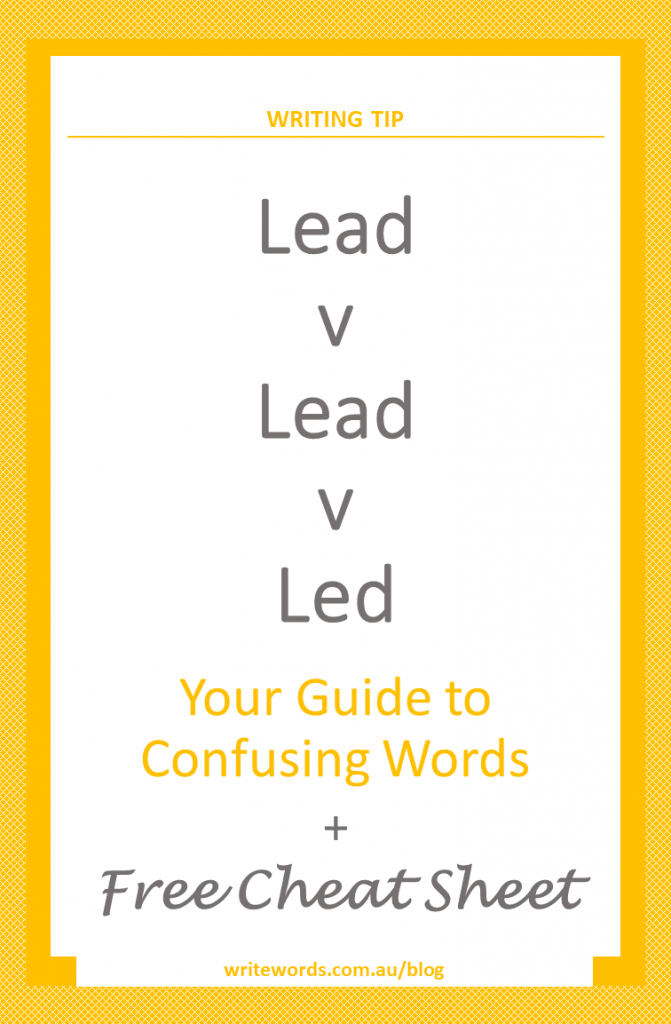

He led his horse down to the river to hydrate itself. So you'll use it whenever you want to talk about someone showing leadership in the past. So remember earlier when I said the verb 'to lead' meant to guide others and be a leader? 'Led' is the past tense form of that verb. It is the past indefinite tense of the verb 'to lead.' 'Led' is a little less confusing: it only has one meaning. There should be no lead pipes remaining in your home. In the latter case, 'lead' is a kind of soft metal. He took the lead and remained there for the rest of the race. It's also the noun form of the verb 'to lead.' I can't take my dog on a walk until I find its lead. In the former case, a 'lead' is a piece of rope or chain tied to an animal's neck to take them for a walk or keep them under control. The noun 'lead' is sometimes pronounced in a way that rhymes with 'speed' and sometimes in a way that rhymes with 'head.'

You're the manager I expect you to lead the team.

The verb 'lead' is always pronounced in a way that rhymes with 'speed.' It means to take a position ahead of others. That makes 'lead' both a homograph and a homonym. Plus, it can be pronounced in two different ways: one that rhymes with 'head' and one that rhymes with 'speed.' 'Lead' is both a verb and a noun, which is why the two words often need clarification. Concluding Thoughts on 'Lead' or 'Led' What Is the Past Tense of 'Lead'?


 0 kommentar(er)
0 kommentar(er)
